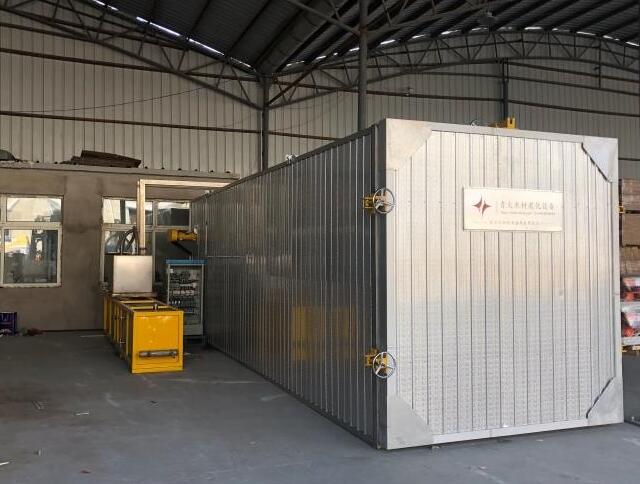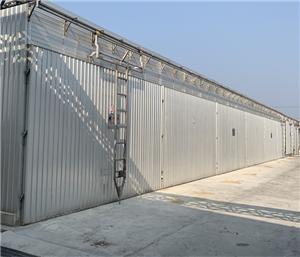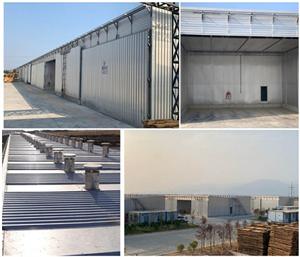Various drying methods and characteristics

Wood drying is the process with the largest energy consumption in the processing of wood products. In my country, wood drying accounts for 40%-70% of the total energy consumption. Therefore, the energy saving of the drying process becomes particularly important.
The current drying methods (using moist air as the medium) include: atmospheric drying, conventional room drying, dehumidification drying, solar drying, vacuum drying, etc.
Atmospheric drying (air drying)
The wood is stacked on the open field, the atmosphere is used as a heat and moisture transfer medium, and the heat of solar radiation is used to remove the moisture in the wood to achieve the purpose of drying.
Features: It can be combined with other drying methods as a pre-drying method.Refers to the method of drying wood by manually controlling the parameters of the drying medium in the drying chamber. It is divided into low temperature room drying, conventional room drying and high temperature room drying.
Features: good drying quality, short drying cycle, but high drying cost.
Refers to the method of drying wood by manually controlling the parameters of the drying medium in the drying chamber. It is divided into low temperature room drying, conventional room drying and high temperature room drying.
Features: good drying quality, short drying cycle, but high drying cost.
Dehumidifying and drying
The difference from the dry room is that the humid and hot air is partially flowed through the dehumidifier, and after cooling, part of the water vapor is condensed into water and discharged, and the latent heat of vaporization of the water vapor is recovered; , dry wood.
Features: Energy consumption is lower than room drying (especially in the early stage of drying), there is basically no environmental pollution, but the drying cost is high, generally there is no evaporator, and it is difficult to carry out humidity control treatment.
That is, the wood is dried under negative pressure in a closed container, which is divided into intermittent vacuum drying and continuous vacuum drying. Intermittent vacuum drying is carried out alternately in two stages of normal pressure heating and negative pressure drying, while continuous vacuum drying is carried out continuously with heating and vacuum at the same time, using a hot plate (with hot water as the heating medium), electric blanket or high-frequency dielectric heating.
Features: It can speed up the drying speed at a lower temperature and ensure the drying quality. It is especially suitable for the drying of hard broad-leaved thick board or square wood with good permeability, but the equipment capacity is small and the investment is large.
The heat collector is used to absorb the radiant energy of the sun to heat the air, and the wood is dried by air convection heat transfer.
Features: Energy saving, but greatly affected by the climate, the equipment investment is similar to that of the room, but the output of dry wood is much less than that of the room.
Hot plate drying
The wood is placed between the hot pressing plates, and a certain pressure is applied for contact heating to dry the wood.
Features: Heat transfer and drying speed are fast, but hard hard broad-leaved wood is prone to cracking, shrinkage and other defects when it is dried. This method is suitable for drying of fast-growing plantation wood.




